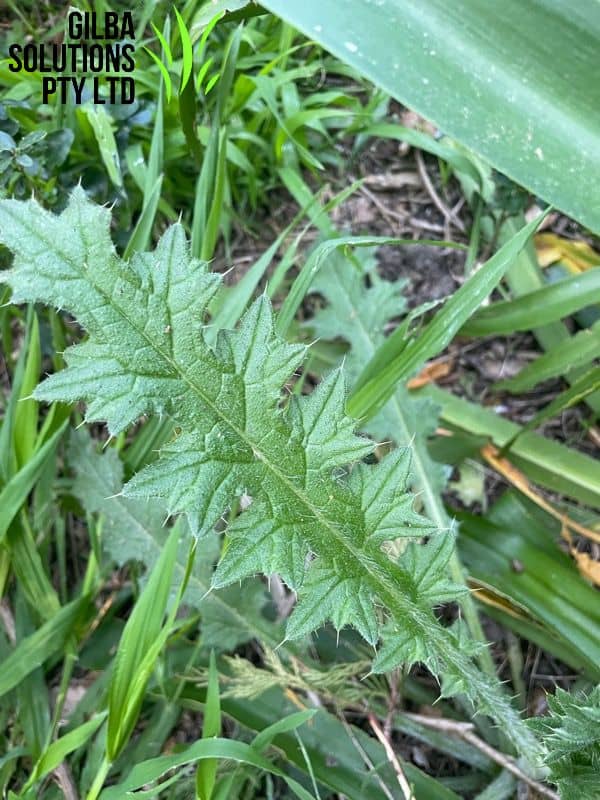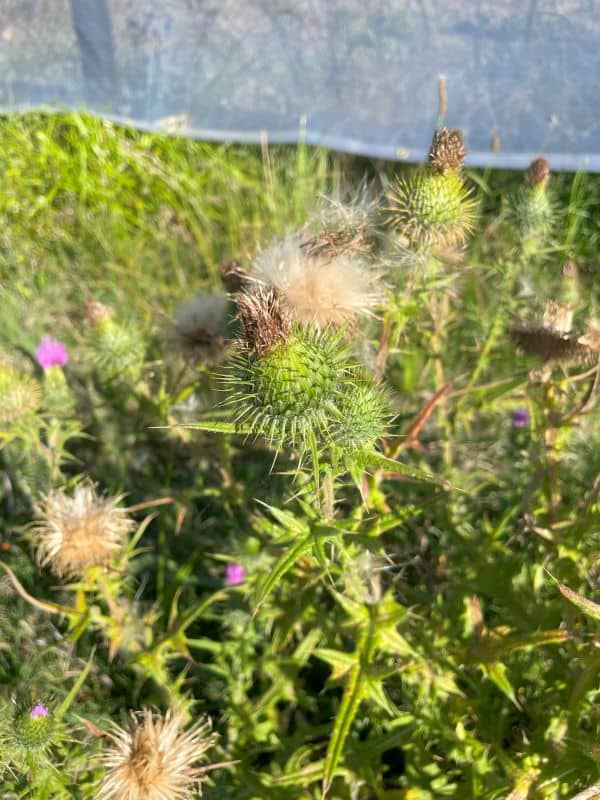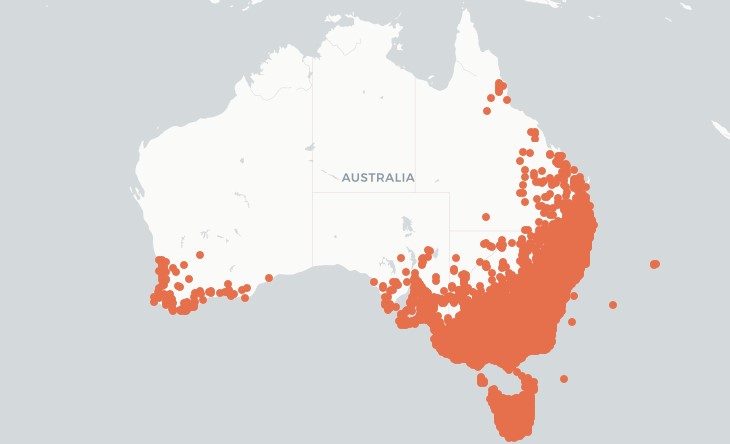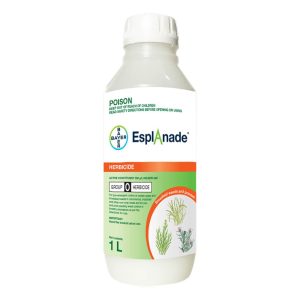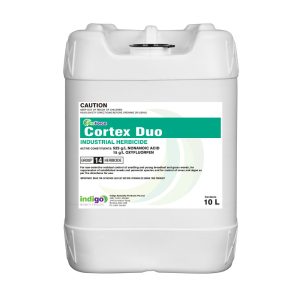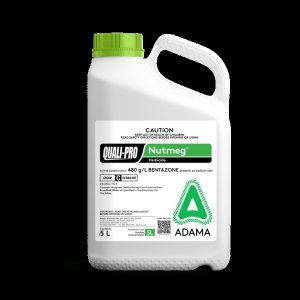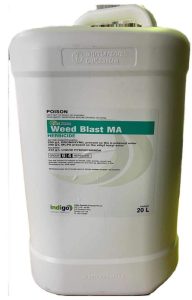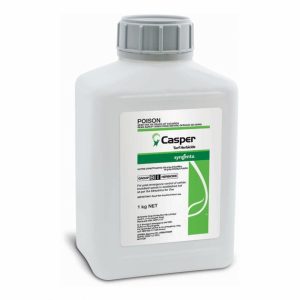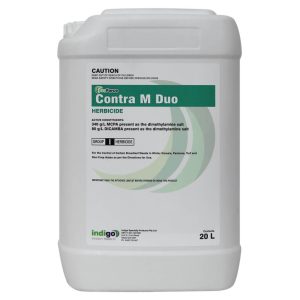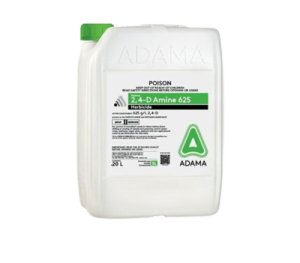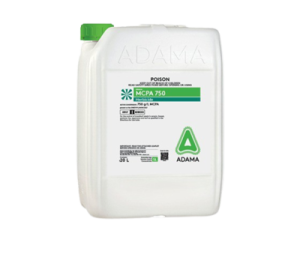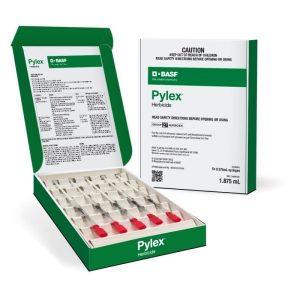Spear Thistle (Cirsium vulgare).
Spear Thistle (Cirsium vulgare) or Bull Thistle, spreads quickly via wind blown seeds. It is a biennial herb that germinates in the Autumn and Winter, has a two year life span, and a taproot up to 70 cm long.
If we understand its biology and implement a multi faceted approach we can get control of this weed in 1 to 2 seasons. The use of several strategies that target the Thistle biology provides better control than the use of herbicides alone, and reduces the amount of chemical you use.
After you read this, you will be able to:
- Identify the Spear Thistle (Cirsium vulgare) or Bull Thistle.
- Know the habitat of Spear Thistle.
- Know the best options to control the Bull Thistle.
Why is Spear Thistle a Problem Weed?
- Spear Thistle thrives in fertile soils, and outcompetes desirable plants for water, nutrients, and sunlight.
- The sharp spines deter livestock from grazing, and makes them avoid areas with heavy infestations. This leads to overgrazing of other plants.
- The spines contaminate wool.
- Spear Thistle produces several seeds that disperse by wind. This enables the weed to spread rapidly.
- It has a deep taproot and survives in a wide range of soil conditions. This makes it dificult to eradicate completely.
- The flowers, stems and leaves of the Bull Thistle can irritate the skin upon contact, and cause redness and minor wounds.
For more information, please check out our weed ID chart.
The distribution map for Spear Thistle in Australia is courtesy of the Atlas of Living Australia.
Spear Thistle (Cirsium vulgare) is a good indicator weed of compact, heavy, acidic soils.
How to Identify Spear Thistle.
The Spear or Bull Thistle spreads very quickly by wind blown seeds.
Category: This weed is an Autumn and Winter biennial dicot.
Photosynthetic Pathway: C3 Weed.
Flower: The flower heads of Spear Thistle are red to purple and 1.2 to 4 cm wide. In poor growing conditions, Spear Thistles can flower when they are only 30 cm tall.
Leaves: The dark green leaves of the Spear Thistle are rough and hairy on their upper surface. Each lobe terminates in a sharp rigid spine, and the leaves are deeply divided.
Height: Spear Thistle grows up to 60 to 120 cm.
Spear Thistle Reproduction.
The Spear or Bull Thistle only reproduces by seed, and each plant can produce up to 8,000 seeds in a year. The seeds are short-lived on the soil surface, but can remain dormant for many years in the soil.
- Seed Longevity: >5 years.
- Weight: 2.5 mg.
- Seeds/head or capsule: 100.
- No/plant: 8,000.
Root: As a perennial, the Spear Thistle develops a long living root system. Juvenile plants that have only four leaves can have roots over 150 mm long with multiple vegetative buds. Mature plants can have roots over 4 metres deep
Comments: At first Spear Thistle grows as a rosette. Then as it matures, it produces upright branched spiny stems. The rosette leaves at the base of the plant are up to 30 cm long, and the stem leaves have no stalk and are 4 to 25 cm long.
Habitat: Spear Thistle is a common species of wet, waste-land, pastures and high N soils. It prefers heavy soils, in direct sunlight with good fertility. It tolerates some degree of salinity, and occasional waterlogging, but does not survive long term flooding.
The seeds of Cirsium vulgare develop in the Autumn, but if there is enough moisture they may grow at other times.
Spear Thistle seeds are spread by:
- Wind (though usually not very far).
- Moving water and
- Sticking to animals, boots, or machinery.
How to Remove Spear Thistle from your lawn.
Cultural Control of Spear Thistle.
- Spear Thistle or the Bull Thistle is not a strong competitor. This means that well maintained lawns and turf areas tend not to have issues with Spear Thistles. This weed does not invade areas that have good turf cover in the Summer and Autumn.
- The basis of cultural control of this weed is to mow at the right height, fertilize appropriately, and water as and when required for the turf species present.
- If you mow regularly before Spear Thistle sets seed it reduces the population over time, and prevents any further seed production. However, be aware that even if you mow frequently this does not kill first year rosette.
- Hand removal of Spear Thistle works well (wear good gloves) if you cut the weed below the crown or the rosette of the plant.
- Make sure that you dig up all the roots, and you bag all vegetative material up. Its important that you then dispose of this material, and the flower stems off-site, as this prevents them from forming viable seeds.
Chemical Control of Spear Thistle.
As with all perennials, to control them you need to focus on their root system. Chemical treatment is more effective when you time it to coincide with falling root energy. This tends to be in the Spring, once plants break dormancy.
Once the Spear Thistle breaks dormancy, and puts on around five true leaves, its energy reserves are very low and photosynthesis hasn’t yet replaced these reserves. This point we call the compensation point.
The compensation point does not last long before it replaces these energy reserves, and the roots put on more mass. This is when contact herbicides are most effective, and chemical retreatment needs to be done every 500 to 600 GDD to keep Spear thistle at this compensation point.
If you don’t keep Bull Thistle at the compensation point it means the roots establish energy reserves, and this explains why a single early season Glyphosate application doesn’t work.
Although you may achieve some control, the massive root reserves and general flow of nutrients up from the roots means that systemics do not effectively translocate to the root system.
As day length shortens in the late Summer, the Spear Thistle begins to switch its energy flow from up to down. This is when the plant prepares for dormancy and builds energy reserves for the next season.
This is the best time to apply systemic herbicides because the plant will carry the chemical down into the roots.
- The most effective way to control the Spear or Bull Thistle is to spray young thistles
- Thistles are still small in the Autumn and Winter so you get the best results if you spray then.
- You can spot spray in the Spring and Summer for larger Spear Thistles.
Management Calendar for Herbicide Treatment of Spear Thistle.
Management Calendar For Spear Thistle | ||||||||||||
Months | Jan | Feb | Mar | Apr | May | Jun | Jul | Aug | Sep | Oct | Nov | Dec |
Germination | ||||||||||||
Flowering/Seeding | ||||||||||||
Herbicide Treatment | ||||||||||||
Post Emergent Herbicides for Spear Thistle.
- 2,4-D and MCPA provides good top growth control on young Spear Thistle plants before they flower. Spear Thistles in the rosette stage are very sensitive to herbicides when when you use these early in the growing season.
- Dicamba herbicides work well on larger Bull Thistles, but be aware that you cannot use this herbicide on Buffalo grass. Other options on larger thistles include Contra M, Weed Blast MA and Warhead Trio. The latter two are safe to use on Buffalo.
Table of Post Emergent Spear Thistle Herbicides.
Product | Active | Chemical Group | Rate/Ha | Comments |
2,4-D | 2,4-D | 4 | 1.8-3.2 L | Wet foliage thoroughly. DO NOT mow lawn for 1 week before and at least 1 weed after application. DO NOT use on Buffalo grass (WA only). |
Dicamba | Dicamba | 4 | 1.2L + 3.2L of 2,4-D Amine 625g/L | Use a minimum of 1000L/Ha water. Do not spray on Buffalo or Bent Grass. |
Contra M. | Dicamba + MCPA | 4 | 6.5 L | Apply in 250-400L water. DO NOT use on Buffalo grass. After use do not mow for 2 days before or after application or fertilize within two weeks. |
MCPA | MCPA | 4 | 930ml -1.8L | Apply in high volume to actively growing weeds. DO NOT mow for 2 days before application. Some transitory damage may occur to fine turf grasses |
Warhead | MCPA + Clopyralid + Diflufenican | 4 + 12 | 5 L | You may see discolouration on kikuyu, carpet grass and Queensland blue. Avoid overlapping. Use an NIS. |
Weed Blast MA | Bromoxynil + MCPA | 6 + 4 | 3-6 L | Apply in a minimum of 500L/Ha water. DO NOT mow for 2 days after treatment. |
Non Selective Control of Spear Thistle.
- Glufosinate-ammonium provides control for 4 to 6 weeks, but it regrows and recovers due to the limited movement of glufosinate.
- Glyphosate. You can use Glyphosate as to control Spear Thistle. If you use Glyphosate, and water quality is an issue then use ProForce Manta Ray.
The following are non-selective but also have a long term residual and stop re-growth of Spear Thistle.
- Renegade. Renegade stops the germination of Spear Thistle for up to 12 months, and reduces the need for multiple herbicide applications.
- Numchuk Quad. This gives effective post and pre-emergent Bull Thistle control for up to 12 months.
- Cortex Duo. Cortex Duo gives a rapid knockdown of Spear Thistle, and residual control for up to 3 months. It is also safe to use around trees.
Table of Non Selective Herbicides for Spear Thistle.
Product | Active Ingredient | Group | Use Rate/Ha |
Glufosinate 200 | Glufosinate-ammonium | 10 | 1 to 6 L |
Rapid Fire 800 | Glyphosate | 9 | 0.9 to 1.35 Kg |
Numchuk Quad | Terbuthylazine + Glyphosate + Amitrole Oxyfluorfen | 5 + 9 + 34 + 14 | 20 to 25 L |
Cortex Duo | Nonanoic Acid + Oxyfluorfen | 14 | 7 L/1000L |
Renegade | Bromacil | 5 | 3.5 to 6.5 Kg |


